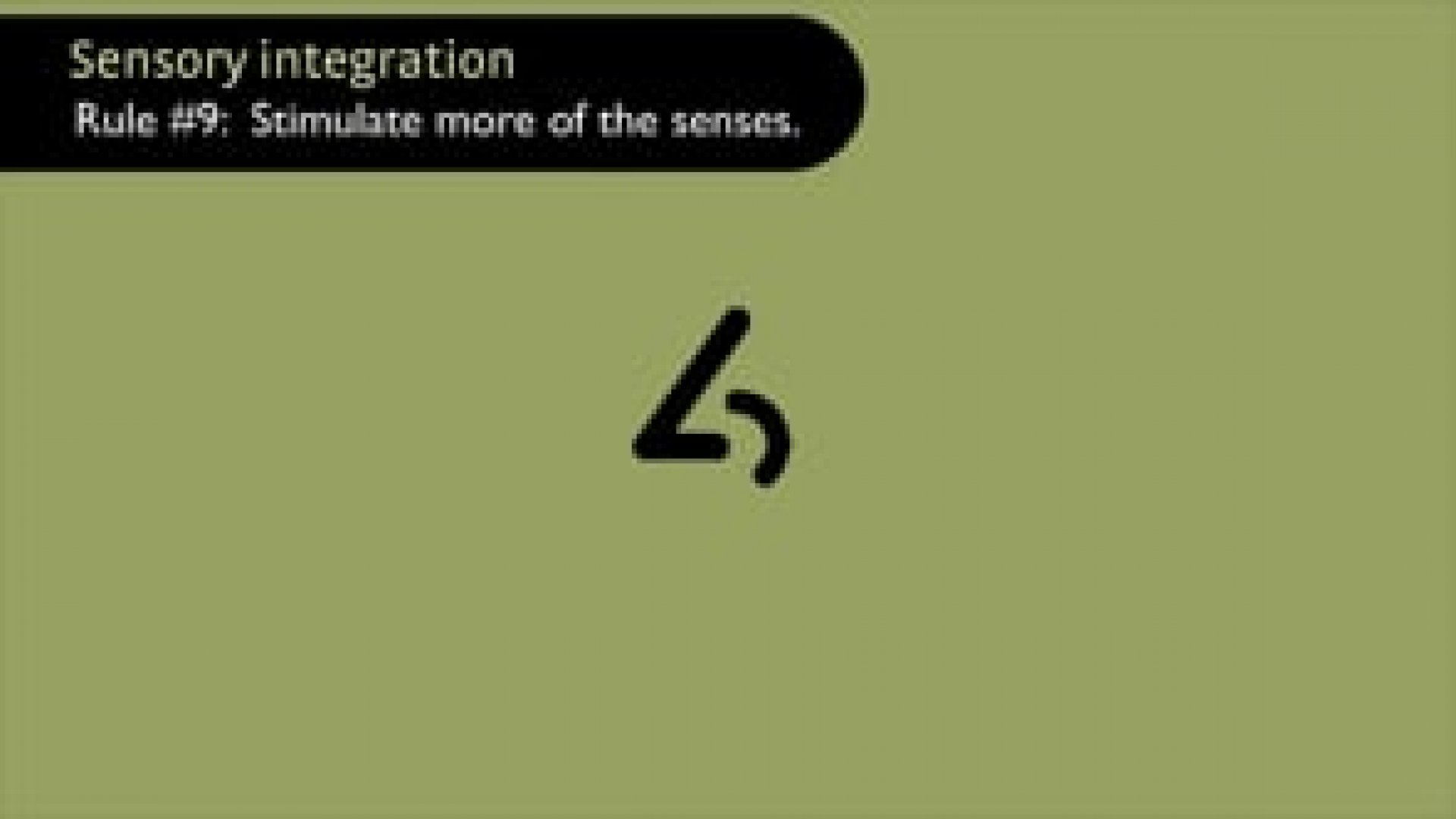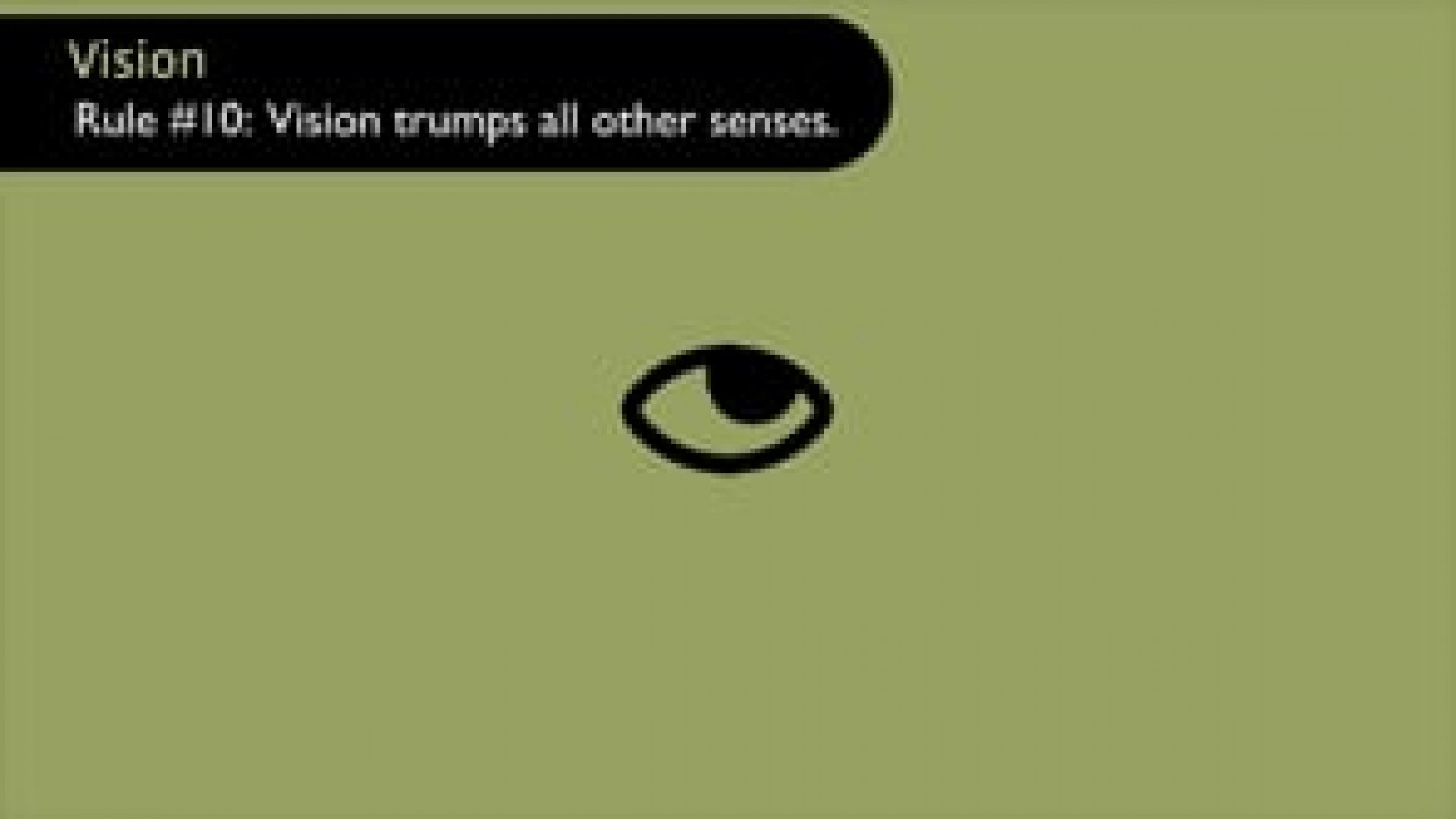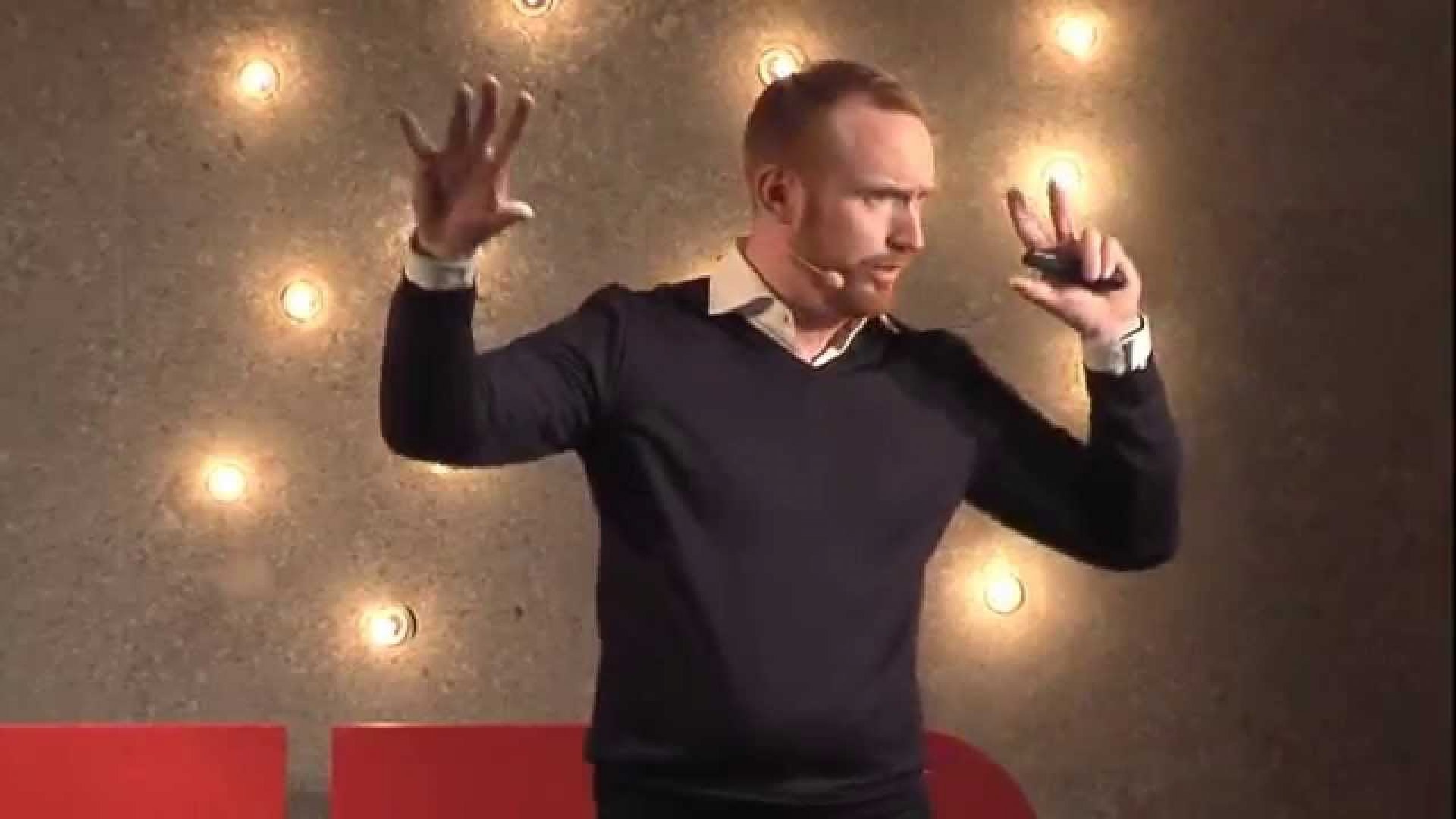Our senses
Our senses
Reference
John Medina, Brain Rules
Multisensory environments actually stimulate learning. Smell stimulates coding in memory and remembering information. People remember more when they see and hear information at the same time, as in multisensory presentations that stimulate creativity and problem-solving skills.
Implications for training
Trainers should follow John Medina’s Brain Rule #9 that says to stimulate more of the senses. We can do that by using multimedia presentations, animations, exhibitions, demonstrations, relevant music, sounds, textures, or even by branding our training through a certain smell (that can be used later on by our participants to facilitate remembering the information better).
For those who have sight, vision is the strongest and most impactful of the senses.
When it comes to remembering information, pictures are an incredibly efficient tool. If we hear a piece of information, we will remember just 10% three days later. If we add a picture, we will remember 65% (John Medina, Brain Rules).
Visuals are even more effective than text. Medina says this might be because our brain sees words as a set of tiny pictures that must be analysed and compiled in order to be able to read—quite an inefficient process. A picture allows the brain to associate meaning much faster, and to recover that meaning faster too.
Implications for training
In order to capitalize on the incredible power of vision, trainers should:
- Involve as many senses as possible in the learning process
- Communicate more through images than through words/text
- Use videos and animations to convey information
- Review our PowerPoint presentations:
Food for thought!


